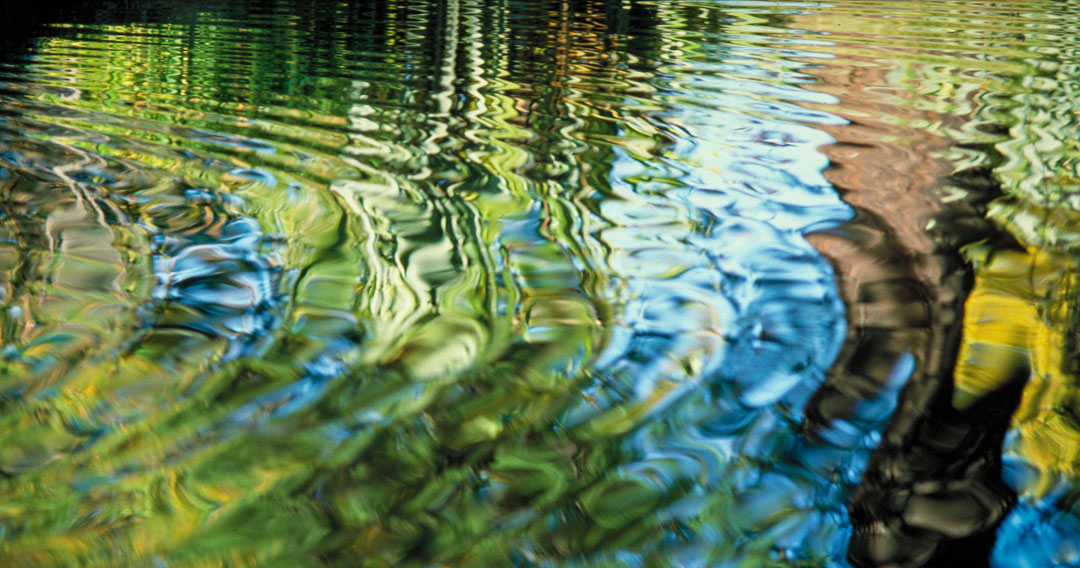
Water Shortage Direction for Ōpihi River and tributaries October 2023
A Water Shortage Direction is in place for the Ōpihi River for 14 days from 15 October 2023.
Update 13 October 2023
A Water Shortage Direction (PDF file, 251.68KB) for the Ōpihi River and tributaries has been issued for a further 14 days from 15 October 2023.
This precautionary approach has been taken to increase the likelihood that both irrigation and river flows can continue through the summer season. It is now a confirmed El Niño weather pattern, and low snowpack and reducing river inflows remains a concern for the Ōpihi catchment.
See details about the 1 October 2023 Water Shortage Direction below.
Update 29 September 2023
A Water Shortage Direction is in place for the Ōpihi River for 14 days from 1 October 2023.
This direction (PDF file, 680.09KB) has been issued at the request of the Opuha Environmental Flow Release Advisory Group (OEFRAG) which comprises representatives from district councils, farmers, Opuha Water Limited (OWL), river users and tangata whenua.
The group has agreed to the minimum flow requirement in the Ōpihi River at Saleyards Bridge of 7 cubic metres per second for a 14-day period to reduce the risk of lake level storage dropping excessively in advance of summer.
This will support maintaining an open mouth of the Ōpihi River which allows the migration of native fish and the passage of sports fish to and from the sea. It will also reduce the risk of lake level storage dropping excessively in advance of summer.
The lake level is currently sitting around 390 metres (90% of capacity). The normal required minimum flow in October is 8.5 cubic metres per second at levels above 375 metres.
The incoming El Niño weather pattern, which is expected to bring hot and dry conditions, combined with low snowpack, suggests that the conservation of water early will be beneficial later in the season.
"Opuha Water Limited (OWL) has voluntarily imposed 50% volumetric restrictions across their scheme to support river flows in September," said acting OWL CEO Jeremy Boys.
"This will continue into early October and members recognise that sacrifices now will result in better environmental outcomes and reliability later in the season."
"Snowpack is well below the average for this time of year at approximately the 25th percentile, and inflows are also down for this time of year," said OEFRAG member and Central South Island Fish and Game representative Steve McKnight. "As we are already in spring and are heading towards a hot and dry summer, it’s unlikely that lake levels will recover. OEFRAG has taken the learnings from our last El Niño weather cycle in 2014/15. Together forward modelling with the help of NIWA and climate experts, OEFRAG and OWL are acting early to ensure the best possible environmental outcomes as well as returns for OWL shareholders. With the current information this is the best collaborative solution at this time and OEFRAG are committed to managing this developing situation through the summer."
We have authority under section 329 of the Resource Management Act 1991 to notify the Water Shortage Direction. This directive does not apply to Temuka River and its tributaries.
